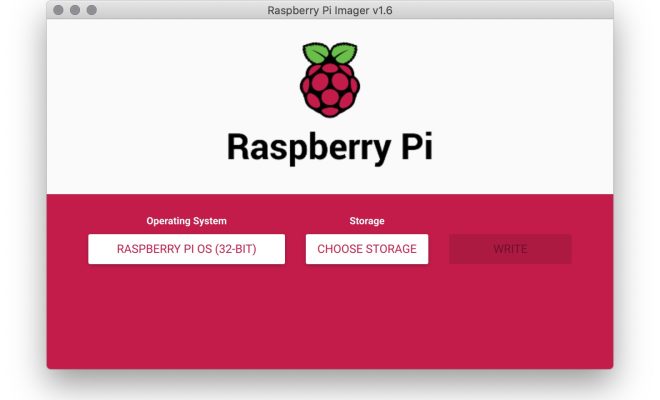What is a Float? (Computer Science)

A float is a common data type in computer programming that represents a number with a decimal point. Floats are used to store and process real numbers, such as those used for calculations involving money, measurements, and scientific data. In this article, we’ll take a closer look at what a float is and how it works.
Basic Definition:
A float is a variable that stores a decimal number. Floats are used in various programming languages, such as Python, Java, C, and C++, to perform calculations involving real numbers. In computer science, the term “float” stands for floating-point arithmetic. This refers to a method of representing real numbers in a binary form, which can be used for mathematical calculations.
Floating-point arithmetic is based on a scientific notation system in which a number is expressed in terms of a mantissa and a exponent. In this system, the mantissa represents the significant digits of the number, while the exponent represents the power of the base.
For example, the number 3.14 can be represented in floating-point format as:
Mantissa = 0.314
Exponent = 10^1
Thus, the floating-point representation of 3.14 would be 0.314 x 10^1. This form allows computers to perform calculations on very large or very small numbers, such as those encountered in scientific and financial calculations.
How They Work:
Floats are represented in binary format as well, meaning that the mantissa and exponent are expressed in binary code. However, due to the limited precision of floating-point arithmetic, the values stored in a float may not be exact, particularly when dealing with very large or very small numbers.
In computer programming, it is important to be aware of the limits of floating-point arithmetic to avoid rounding errors, underflow, or overflow. Rounding errors occur when a calculation produces a result that is slightly different from the expected value, due to the limited precision of the float. Underflow occurs when a float is too small to be represented accurately, resulting in a value of zero or very close to zero. Overflow occurs when a float is too large to be represented, resulting in an infinity or NaN value.
To avoid these problems, programmers can use various techniques, such as rounding, truncation, or scaling, to ensure that the floats remain within the range of accuracy that is required for a particular calculation.
Conclusion:
Floats are a fundamental data type in computer programming that are used to store and process real numbers. They are based on floating-point arithmetic, a scientific notation system that allows computers to perform mathematical calculations involving real numbers. Although floats are useful for various applications, they also have limitations, such as limited precision, rounding errors, and overflow/underflow. Therefore, programmers need to be aware of these limitations and use appropriate techniques to ensure the accuracy and reliability of their calculations.





